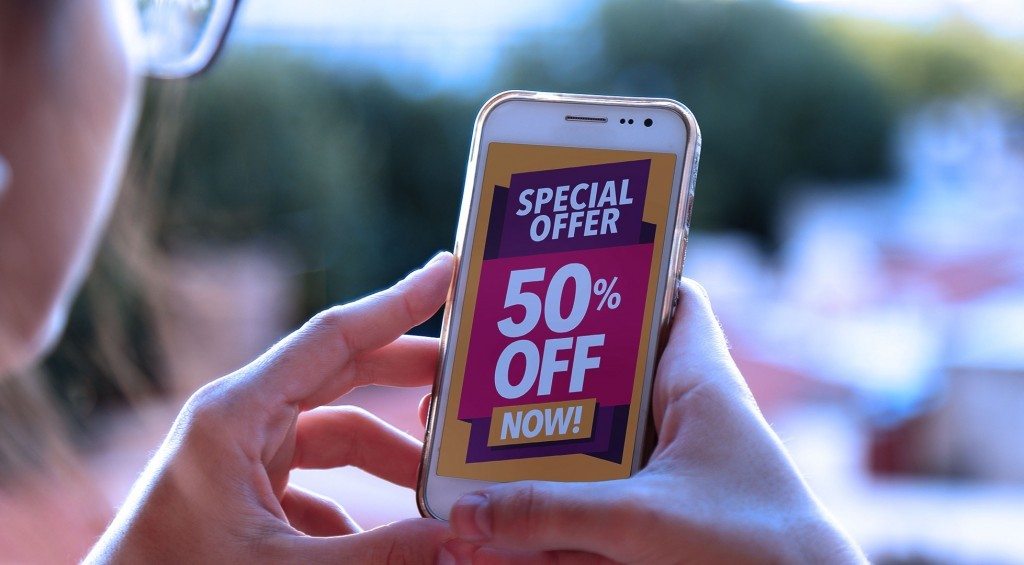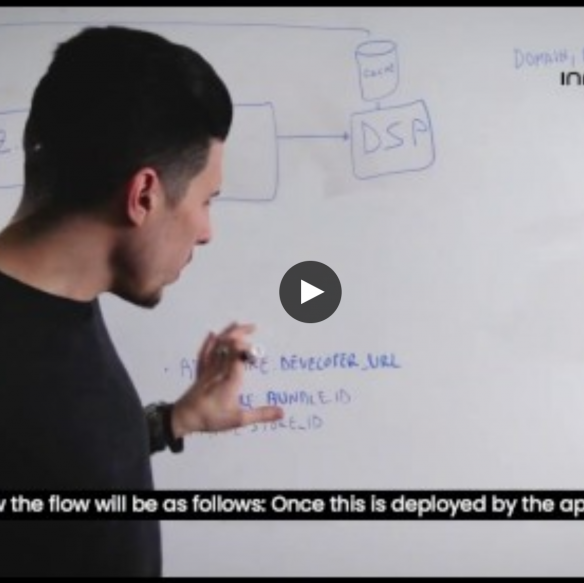- In-App Monetization
Signal Your Way to Success (Part 1): How Publisher First-Party Signals Enhance Ad Monetization

Introduction to Publisher-Passed Signals
Publishers are sitting on a goldmine of first-party signals and are only beginning to unlock its full potential. These signals are essential in powering user acquisition (UA), analytics, attribution, and measurement. However, their application in ad monetization has been underutilized—leaving massive revenue opportunities untapped.
We see a significant opportunity to expand their use for ad monetization and yield optimization, fostering a more balanced ecosystem and unlocking new pathways for sustained revenue growth. So, how can publishers make the most of this opportunity?
Publisher-Passed Signals (PPS), a feature of the InMobi Advertising SDK, enables publishers to securely share first-party data with minimal implementation effort, strengthening supply representation, bid efficiency, and ad revenue.
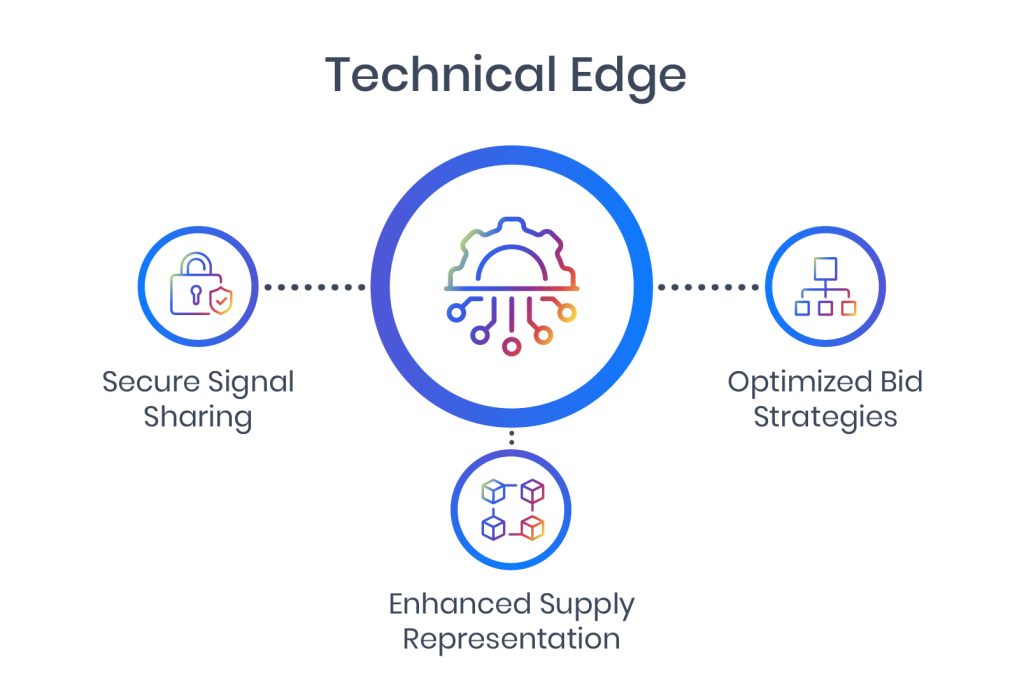
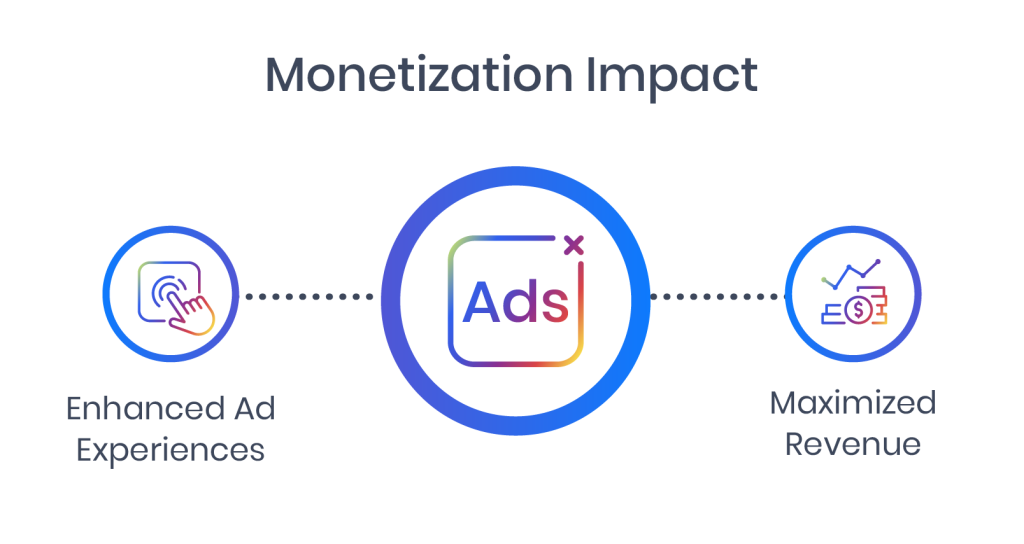
From a technical standpoint, PPS delivers:
- Secure Signal Sharing: Facilitates privacy-safe signal sharing, enabling effective data utilization while ensuring compliance and user privacy.
- Enhanced Supply Representation: Enriches inventory with contextual metadata, allowing buyers to identify and prioritize high-value users better.
- Optimized Bidding Strategies: Equips buyers with scalable, high-quality signals to reduce bid latency and increase the precision of targeting logic.
From a monetization standpoint, PPS offers:
- Increased Revenue Potential: Unlocks access to premium demand, leading to improved fill rates and higher eCPMs for gaming and non-gaming publishers.
- Higher-Quality Ad Experiences: Drives better ad relevance by leveraging contextual signals to deliver more engaging and well-aligned creatives across the user journey.
Let's explore PPS from both the advertiser and publisher perspectives—and understand how we've designed the solution to be privacy-safe at every step.
Bridging the Gap: Signals That Drive Advertiser Demand
Effectively using first-party signals helps publishers make more money. Advertisers want to reach the right audiences, and first-party signals serve as the bridge. Publisher-Passed Signals (PPS) are the key to stronger ad monetization in 2025, maximizing the value of every user.
So, what exactly are the types of publisher first-party signals proving effective for bridging that gap? We’ve zeroed in on the following types of signals that can unlock greater demand for publishers than previously recognized:
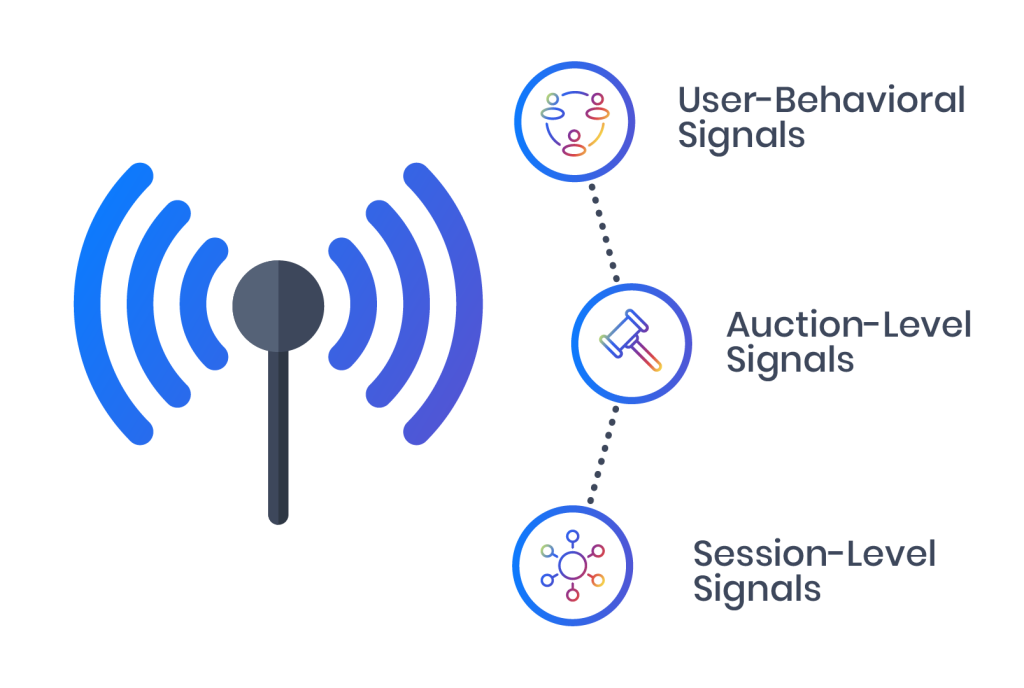
- User-Behavioral Signals: Share in-app purchase history and user journey patterns to refine targeting and boost conversions.
- Auction-Level Signals: Reveal key bidding patterns and ad pricing insights to strengthen bid efficiency and maximize revenue.
- Session-Level Signals: Leverage users' past interactions within the game or app, such as time spent and ads watched, to enhance engagement and retention.
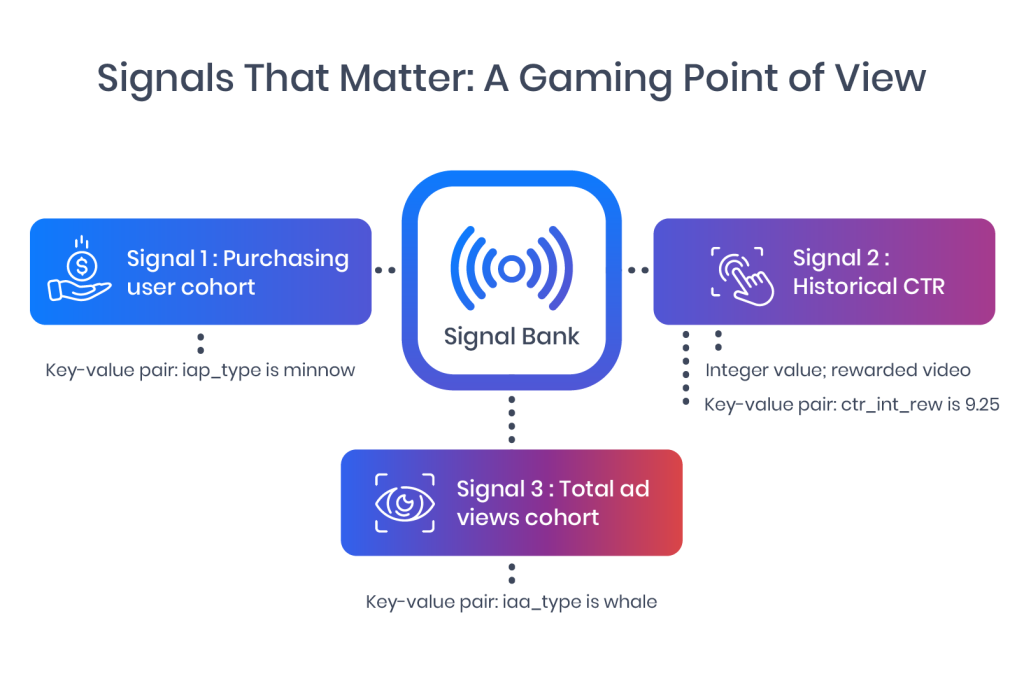
Game developers can boost ad monetization by passing first-party signals to an SSP, enabling better-targeted user acquisition ads and unlocking contextual brand ads that engage and delight players. To the right are examples of signals and their key-value pairs, where the key represents the signal type, and the value is the associated metric.
A user or cohort exhibiting these signals from a gaming app is of high value to advertisers, as their high ad views and frequent clicks—despite limited in-app purchases—demonstrate seasoned gameplay and a strong likelihood of engaging with lower-funnel ad campaigns.
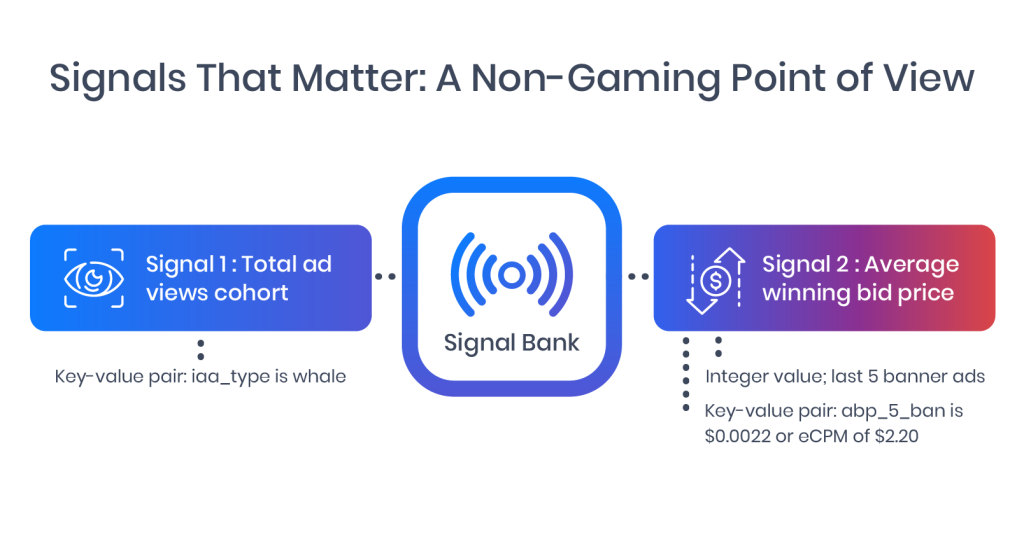
Non-gaming app developers can improve ad monetization by passing first-party signals that enhance targeting for both brand and user acquisition (UA) advertisers. This allows them to attract a more diverse mix of advertisers with full-funnel KPIs—from awareness to conversion—ultimately driving better yield and ad experiences. To the right are examples of signals and their key-value pairs, where the key represents the signal type, and the value is the associated metric.
A user or cohort exhibiting these signals from a non-gaming app is of high value to advertisers. Their high ad views and clearing prices from previous auctions imply strong engagement, better bid efficiency, higher ad competitiveness, and a proven likelihood of driving returns on ad spend.
Privacy-First Monetization: Unlocking the Power of Non-PII Signals
At InMobi Advertising, user privacy is foundational. The signals publishers pass to InMobi are non-personally identifiable (non-PII), session-based, and contextual—making them fully privacy-compliant and requiring no additional user consent or separate contracts.
These signals vary by session and user behavior, ensuring they cannot be tied to an individual. For example, a session depth signal (e.g., a user viewing 100 ads) offers valuable insight without revealing any personal information. Many of these signals are already approved for UA and attribution—now it's time to activate them for monetization.
Stay tuned for more insights in our upcoming blog on Publisher-Passed Signals. Unlock the latest on Publisher-Passed Signals and other impactful growth and monetization strategies. Sign up for the InMobi Connect newsletter today.
Stay Up to Date
Register to our blog updates newsletter to receive the latest content in your inbox.



